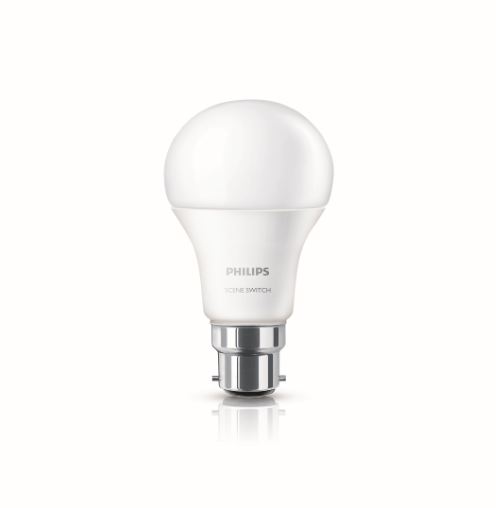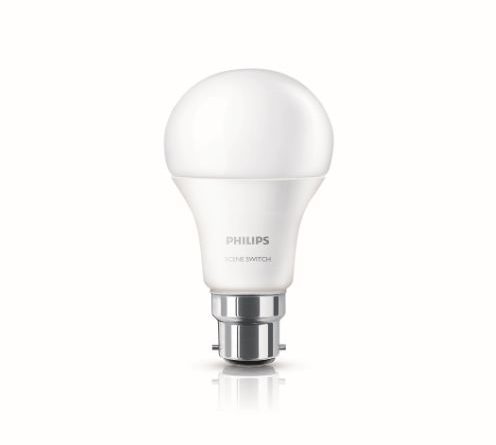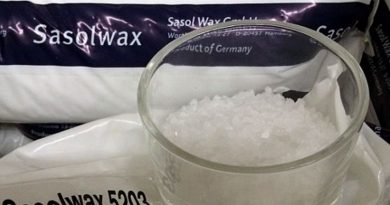Common myths and misconceptions about LED lighting busted
 Light emitting diodes (LEDs) –have put light bulbs back on the front page. Now, the lighting industry is being forced to wrestle with a large number of misconceptions, myths and false claims about a product that will change the way we live. Philips sets the LED record straight…
Light emitting diodes (LEDs) –have put light bulbs back on the front page. Now, the lighting industry is being forced to wrestle with a large number of misconceptions, myths and false claims about a product that will change the way we live. Philips sets the LED record straight…
- Myth: LEDs cost too much
Fact is that the initial output cost of installing an LED lighting system is higher than comparable incandescent and fluorescent lighting solutions, but work out much cheaper in the long run… and that’s before you take into account the energy consumption, which is up to 80% less than conventional incandescent lamps.
2. Myth: LEDs are not bright enough
While conventional lights may produce more lumens than an LED system, lumen output is a pretty poor measure of suitability. A light source‘s suitability is better judged by delivered light, in other words how much light is delivered to a surface or area where it’s needed. When comparing lighting fixtures on the basis of delivered light, LED fixtures often perform as well, and in some cases significantly better than conventional fixtures.
3. Myth: LEDs give poor light quality
Light quality is measured by the colour rendering index, or CRI. Most spaces require a minimum CRI of 70-90 and many white-LED lighting fixtures available today achieve CRIs of 80 or better.
4. Myth: 3W LEDs are brighter than IW
Fortunately, this is a hang-over from a recent past, where the only way to increase brightness was to increase the watts. LED sources are, however; much more efficient at converting watts to lumens. This means that LED sources can consume the same number of watts, but differ significantly in the amount of light they create.
5. Myth: LEDs don’t last forever
It might feel like they do, but well-designed LEDs do lose approximately 30% of their light output after approximately 50 000 hours –which if used 14/7 translates to about six years. Considerably more traditional bulbs and significantly longer than Hollywood marriages!
6. Myth: LEDs generate no heat
Because they produce no infrared energy, the beam of light from an LED source is cool. However, some waste heat is produced within the LED itself, but a bit of clever engineering in high quality fixtures dissipates this heat into the surrounding air.
7. Myth: LEDs don’t produce over 160 lumens
Whilst significantly more economical than traditional fixtures, some high efficient white-light LED lighting fixtures achieve efficacy of over 40 lumens per watt. It’s not quite the legendary 160 figure, but it is more than enough to earn ENERGY STAR and other energy-efficiency ratings.
[Philips Lighting South Africa]




